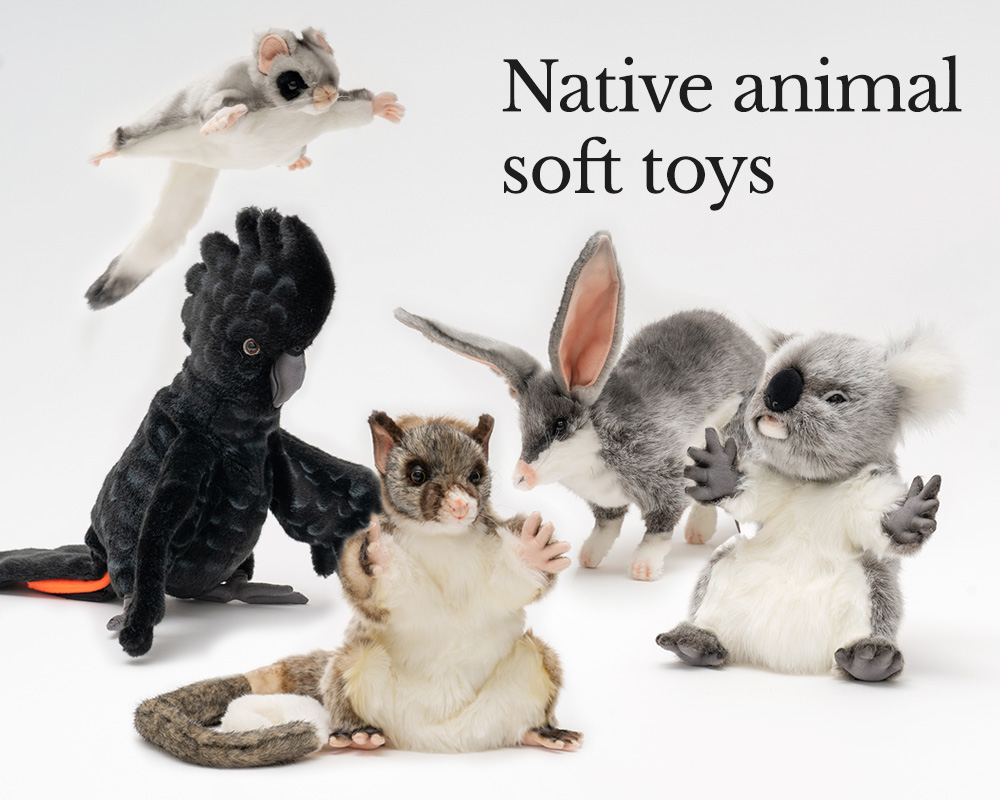Sunda pangolin mum with her pangopup

Bec Crew
Bec Crew

WHAT AN ADORABLE family, walking around looking like two lovely pinecones come to life. This pangolin mum will no doubt take great care of her young, born in May 2014 at the Bali Zoo in Indonesia.
No one really knows for sure, but it’s thought that with each pregnancy, pangolins usually only give birth to a single offspring – often called a ‘pangopup’ – although a few very rare cases of twins have been reported.
There are just eight species of pangolins in the world, and this one is the Sunda pangolin (Manis javanica), found in the forests of Southeast Asia, including in Indonesia, Thailand, Cambodia and Singapore.
Very little is known about this curious species – they’re nocturnal and shy, and very sensitive to the signs of approaching humans. And with good reason – just this week the IUCN Red List bumped their risk of extinction up to critically endangered. All eight species of pangolin are now threatened with extinction, thanks to an illegal demand for their flesh and scales.
Which is of course a travesty, because to lose any one of them would be to lose one of the world’s strangest, most wonderfully adapted creatures.
Sunda Pangolins critically endangered
Everything about them is in aid of collecting their absolute favourite things – ants and termites. They have a conical head and a long, sticky tongue for poking into submerged nests, and zero teeth to get in the way.
They’ve got huge, powerful claws for digging their prey out of the ground and cracking open ant nests and termite mounds like a melon. And their peculiar keratinous scales provide the perfect shield against the stinging bites of their prey.
But what of all those missing teeth? Just as echidnas have keratinous spines, or ‘teeth’, on their tongues and palates to help grind up their insect prey, the stomach lining of a pangolin is equipped with scores of similar tiny spines, and together with a few ingested pebbles, they make digestion a breeze.




